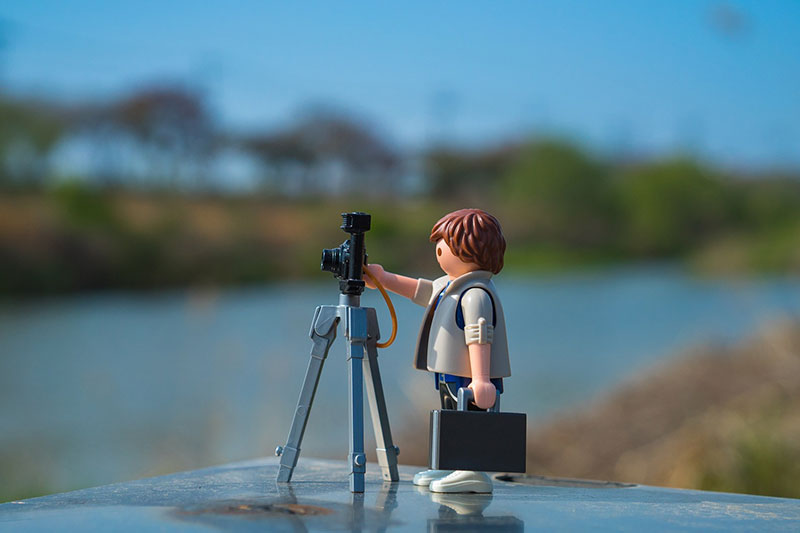Websites, social media and blogs need images or videos for engagement and looks. A webpage of plain text or a plain text Facebook post isn’t going to get much attention. Images can make or break content, or at the very least make it look better. I’m going to look here at images. With a demand to post them regularly, where do you find good relevant images?
What not to do
Copyright is a law and it’s well protected. Don’t break it. Providers of images don’t like their images being used without permission. That’s for a good reason, it’s their livelihood. It’s easy to find images on the web, through a Google search or websites you are on. But, all these images have copyright. So don’t download the images you find on a Google search. You’ll be breaking copyright law and stealing someone’s image. People get caught doing this and it costs them. So if we can’t do this how do we get images for us to use?
Professional Photographer
This costs less than you might think and gives you amazing results. These people are doing this every day. They have their experience to get you amazing images tailored for you. These photos will stand out a mile. You could get a shot on location, at your business, at a client or in your local city to get you a great series of pictures. This could give you enough shots for your content for months into the future. I can help you get a great photoshoot.
Use your camera

Everyone has a pretty stunning camera shoved in the back pocket of your trousers. Phone cameras have come a long way in the last few years and now pack a powerful punch. The images are high-quality. Your phone also does huge amounts of automatic processing, to make your image look great. You do need to think about the composition, colours and light. Also, think carefully about the images you want. Many phones have filters on hand. With apps such as i-cloud and Google images, it’s then easy to have your photos available on all your devices. If you have an SLR (a large and more expensive camera) then you can get even better photos, and even worse. These have the potential for great shots. Yet, you do need to know what you’re doing and the photos usually need some sort of editing and filtering before use.
Stock photography
There is a huge amount of stock photographs online. I’ll split what’s available into three basic categories: copyright-free, attributable and premium for
Copyright-free
Copyright-free images are available for use with no strings attached. The images can be used for any purpose, commercial or personal. There are some great websites dedicated to these types of images. They include Pixabay.com and pexels.com. Both have a huge range of images available. Pixabay has more sophisticated search and filtering options. For example, you can filter images according to colour (which is great for branding). Although both have a lot of images the supply is limited. This means some of their images do become over-used around the web. If you are looking for common themes then images can be found easily. If you are after something very specific this can be much harder to do with the copyright-free images.
Attributable images
 These are images that a photographer or company let you use for free, but with restrictions. Most allow the images to be used freely for personal use. For business use, you are normally asked to attribute the image. This means you need to state where the image has come from. This can be done at the end of a blog or the bottom of a web page. But, this isn’t so practical if you’re sending a tweet. Many of the commercial stock image companies have some images like this. Others are dedicated to this sort of image, such as this group on Flikr.
These are images that a photographer or company let you use for free, but with restrictions. Most allow the images to be used freely for personal use. For business use, you are normally asked to attribute the image. This means you need to state where the image has come from. This can be done at the end of a blog or the bottom of a web page. But, this isn’t so practical if you’re sending a tweet. Many of the commercial stock image companies have some images like this. Others are dedicated to this sort of image, such as this group on Flikr.
Premium stock images
There are lots of providers of premium stock images. The one that towers over the rest is Shutterstock. Its collection is massive and you should be able to find an image here to cover any area you can think of. But with a big selection comes a high price tag. If you’re using the site regularly then their monthly pricing structures become affordable. But, for buying a few images on a one-off basis I would avoid Shutterstock if you can. I have found Dreamstime to be a more economical way to buy images on an individual basis.
Summary
There are lots of options out there for sourcing great images for your content. As with many things, mixing it up a little bit is always a good idea. Get creative and find what looks good. Take some photos if you can, and use a professional from time to time to blow everyone away. The most important lesson is don’t ever just take your images from Google.




